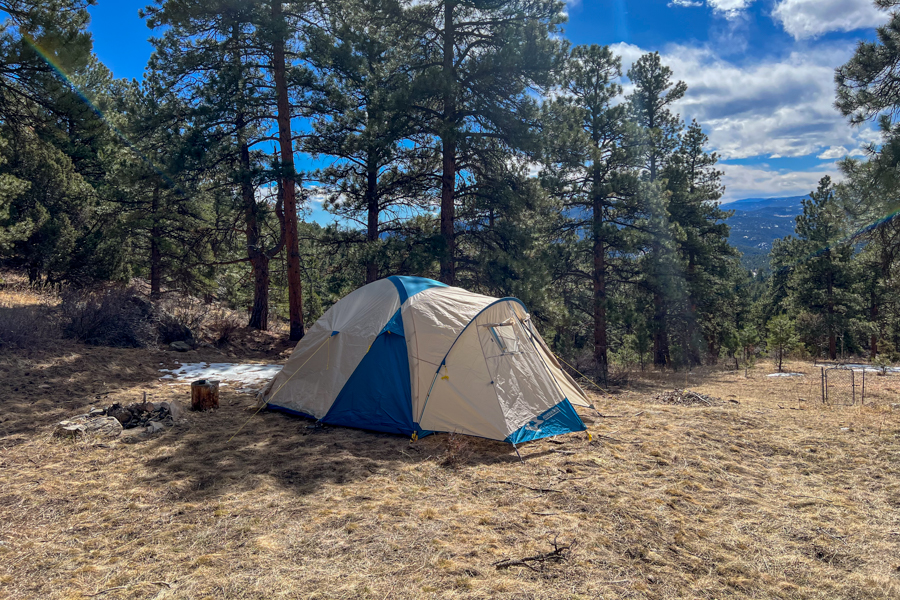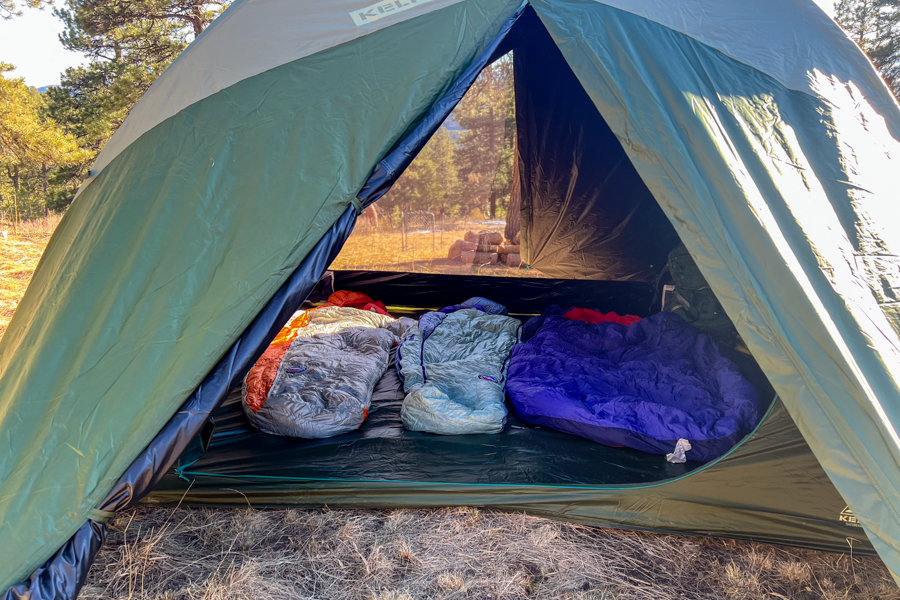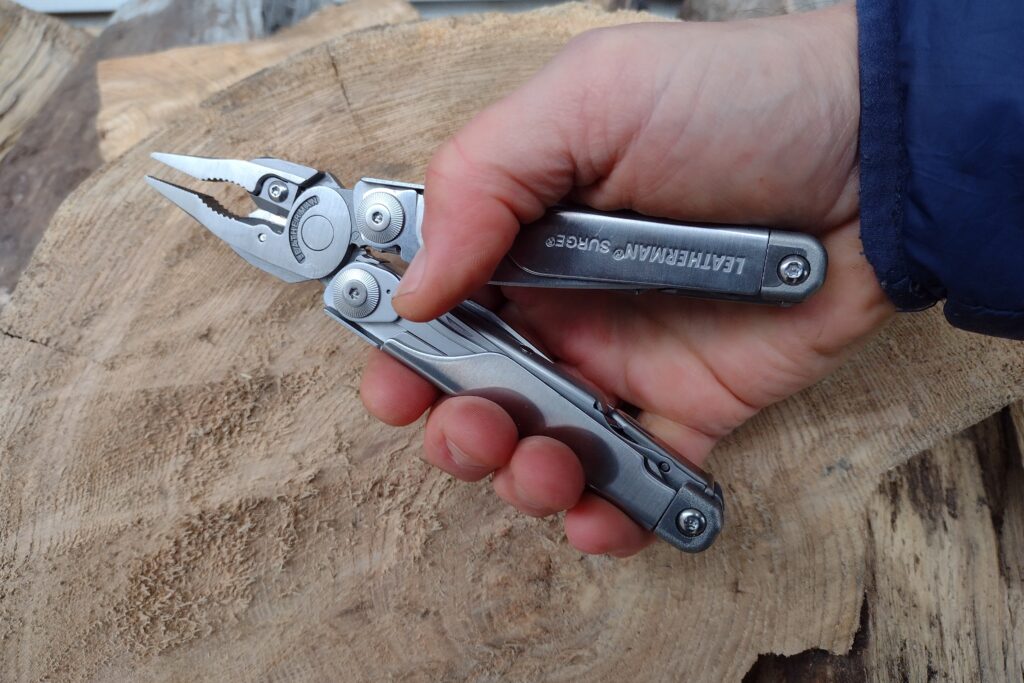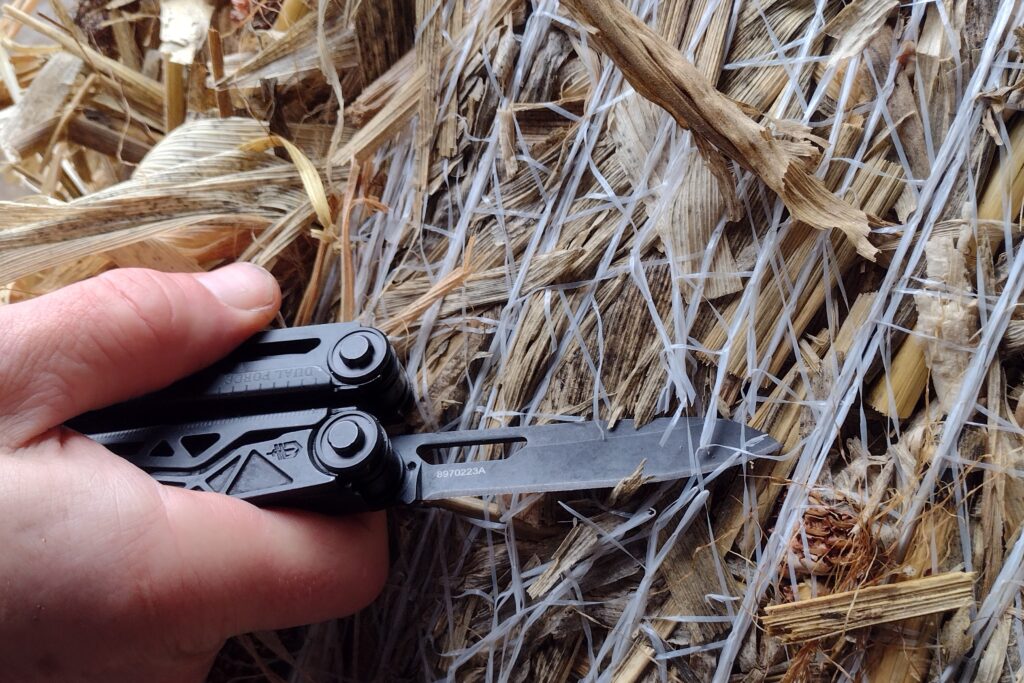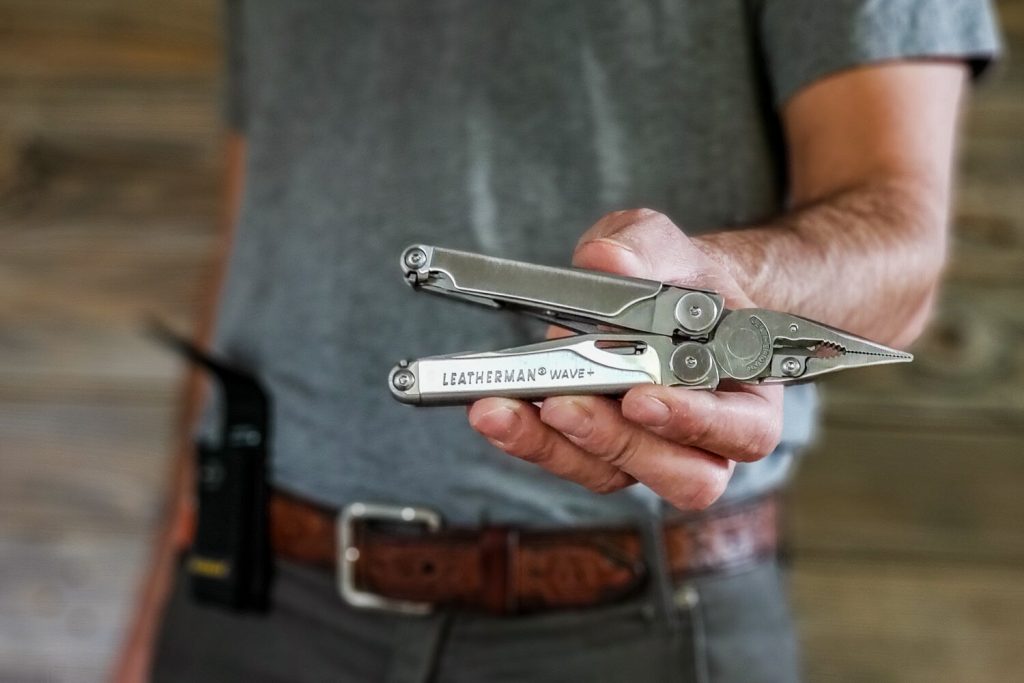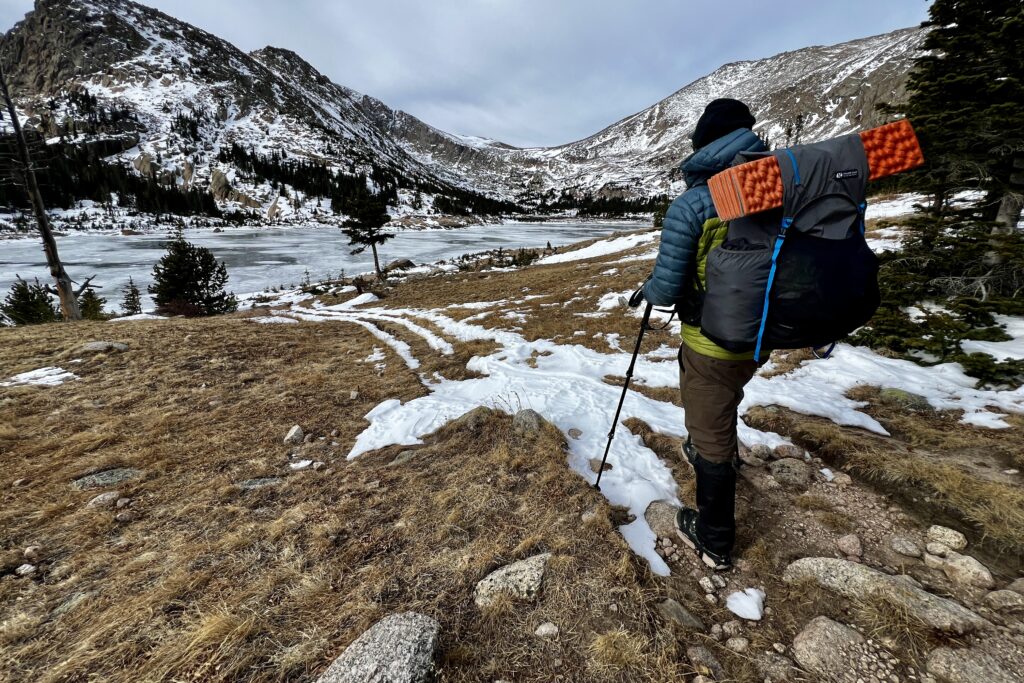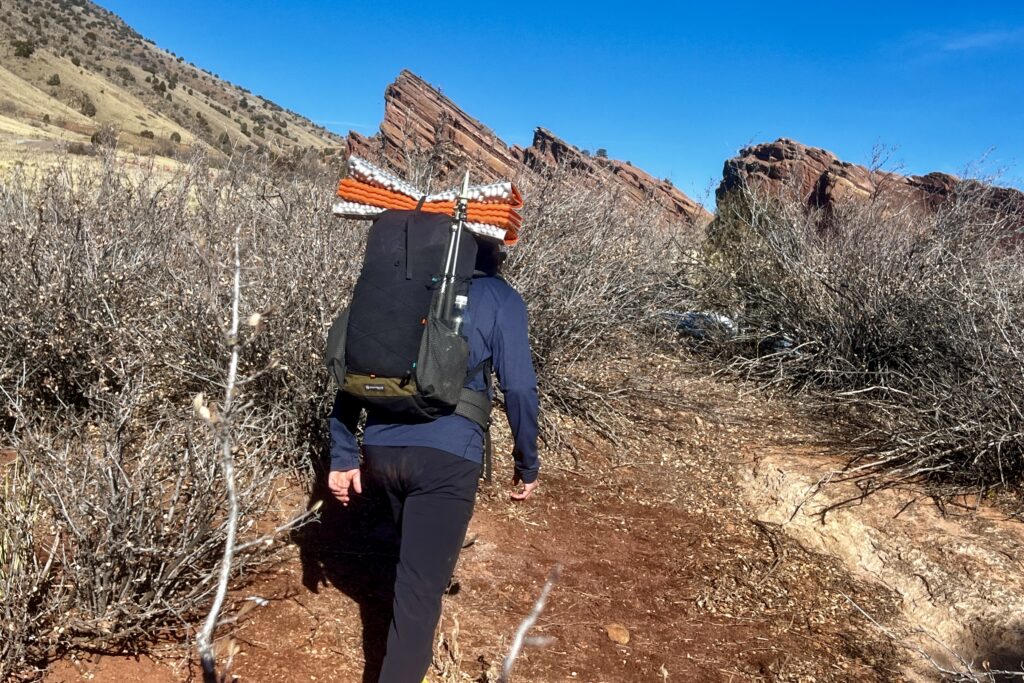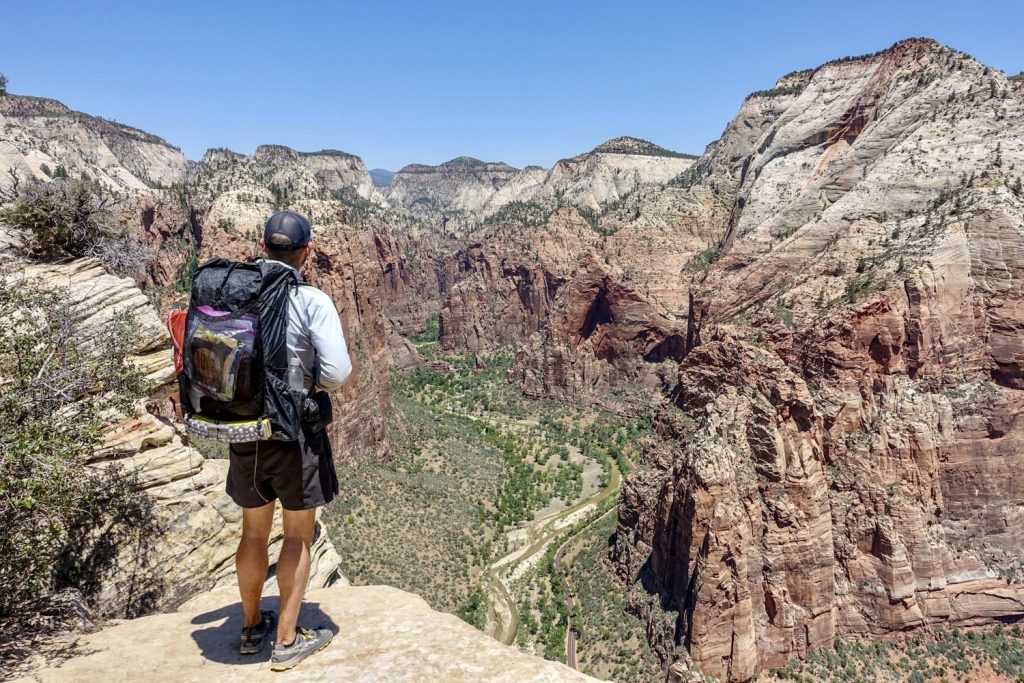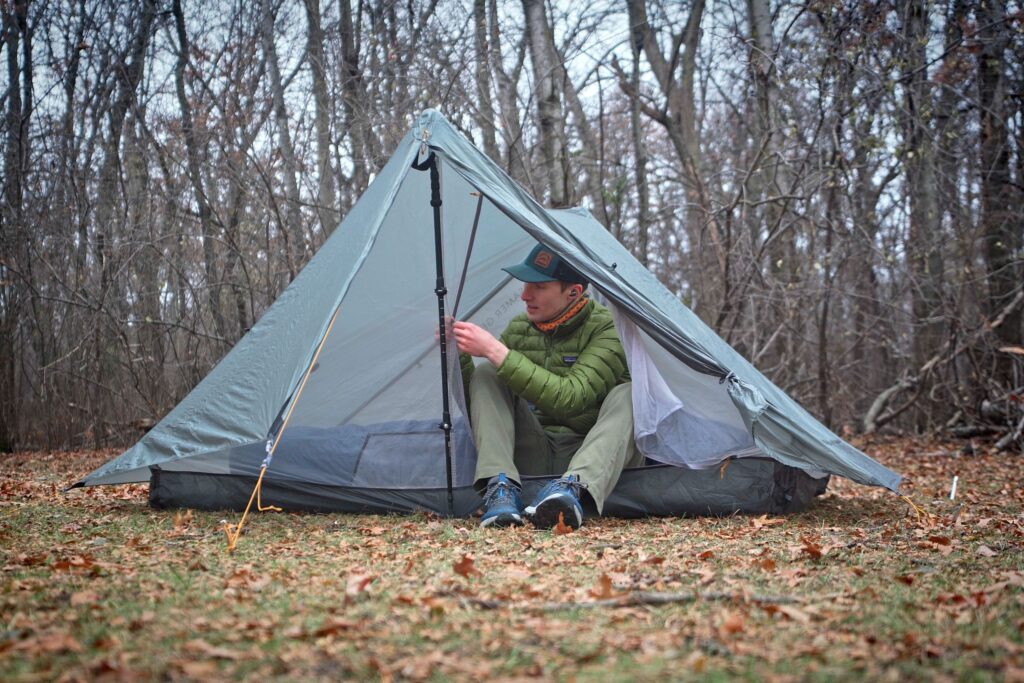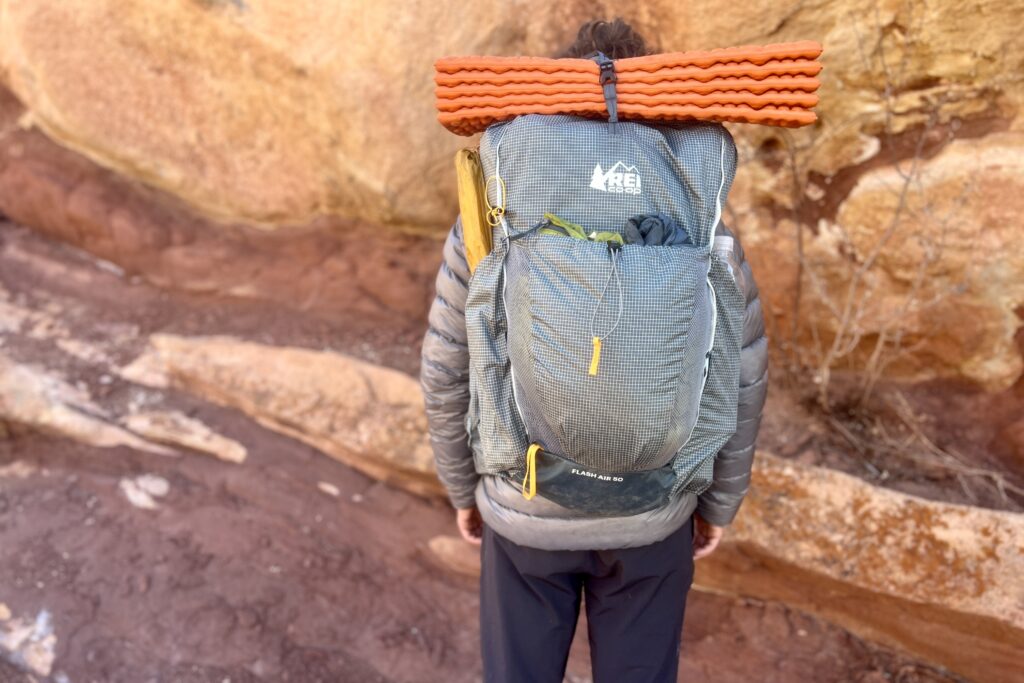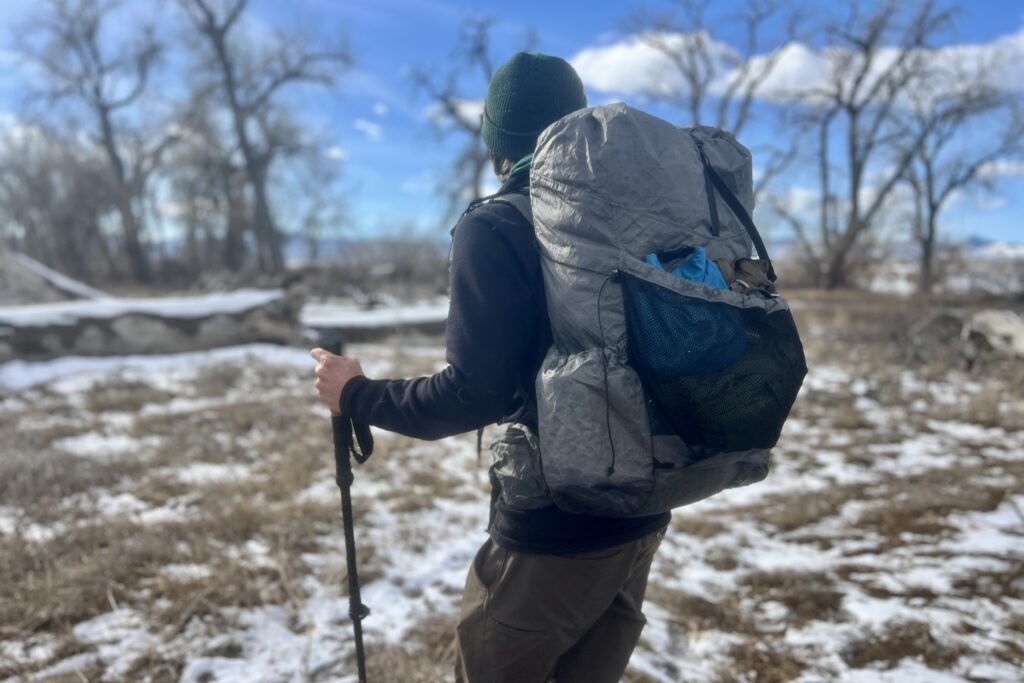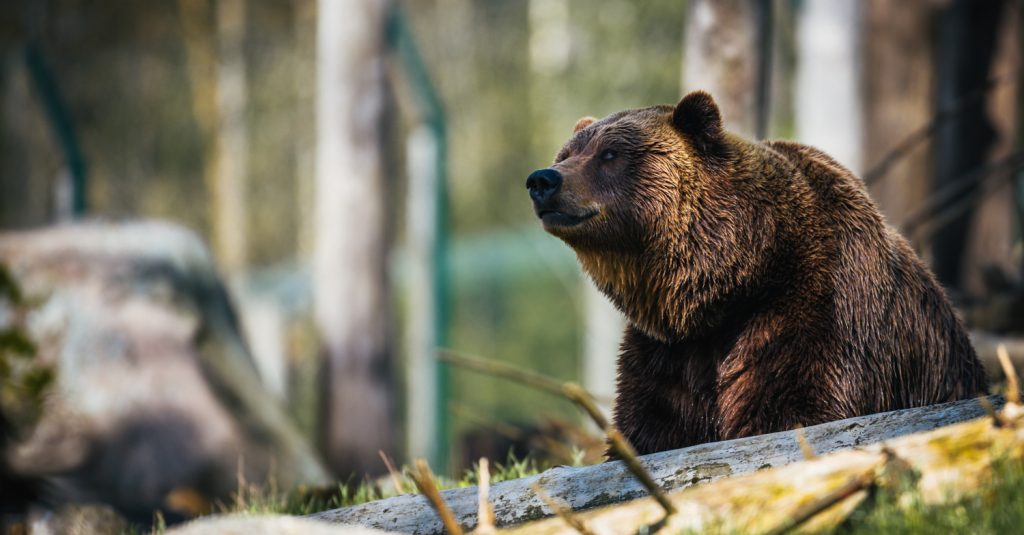
You’ve packed a can of bear spray and are heading off to your favorite wildlife-populated backcountry. But somewhere in the back of your head you’re wondering… if I have to use this stuff, will it really work? Well, for the most part, the answer is: yes.
According to Frank van Manen of the Interagency Grizzly Bear Study Team, no deterrent, including bear spray, is 100 percent effective. That said, the scientific data on the effectiveness of bear spray are convincing. When the right precautions have been taken, the right product is carried and correctly deployed, bear spray subdues and distracts bears the majority of the time.
Of even equal importance: bear spray saves bear lives. Whether a black bear or a grizzly, bear spray gives you and the bear a chance to survive.
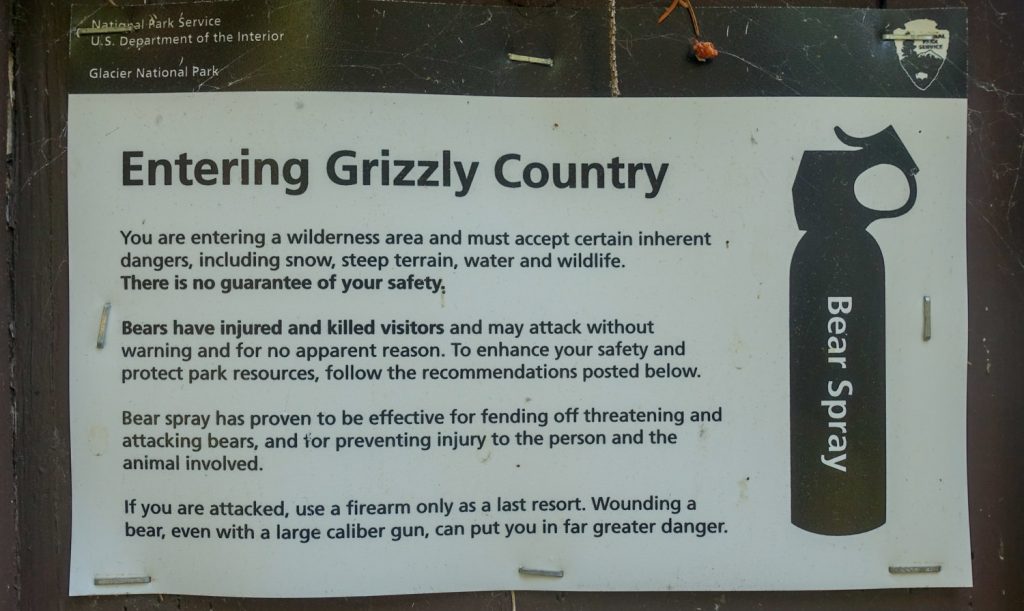
Bear Spray vs. Guns
Depending on where you are, you may see backcountry travelers carrying guns as protection from wildlife. Although guns may seem like a more effective tool, scientific data proves bear spray to be more effective. Studies show bear spray is 90% successful when used to deter bear attacks, versus 76% for long guns and 84% for handguns.
Although someone armed with a gun may possibly be able to stop an aggressive bear, van Manen says “injuries to the shooter and others also sometimes occur. The need for split-second deployment and deadly accuracy make using firearms difficult, even for experts.” He advises people to consider their ability to be accurate under duress when it comes to carrying a firearm for protection from bears.
Dr. Stephen Herrero, a Canadian bear biologist, has reached the same conclusions based on his own research: a person’s chance of incurring serious injury from a charging grizzly doubles when bullets are fired versus when bear spray is used.
It’s also important to keep in mind: the grizzly bear is federally protected in the Lower 48 States as a threatened species. It is a violation of the Endangered Species Act to shoot a grizzly bear, except in self defense during an imminent attack. Penalties under the ESA include up to 6 months in prison and a $100,000 fine. Additional penalties may also apply to violations of state law.
Bottom line: Bear spray is more effective, easier to use, and less likely to cause injury to you and the bear.
Bear Spray As Last Resort
Even bear spray should be considered a last resort defense. Don’t let carrying bear spray create a false sense of security. The most important way to prevent human-bear interactions is to practice standard safety precautions when in bear country.
Most human-bear encounters happen when people surprise bears at close range. In the summer, when the trail is thick with brush or heavily forested, it can be possible for people to accidentally sneak up on bears without them hearing you. The same goes for hiking near a river where the sound of humans may be washed out by the rushing water. In these areas, it’s very important to make a lot of noise to alert the bear to your presence.
Educate yourself in order to decrease your chances of having a human-grizzly interaction. It’s for your safety, but the survival of the bear also depends on you following these guidelines.
Avoiding Bear Encounters
- Recognize signs of nearby bear activity (bear scat, paw prints, presence of berry bushes, etc).
- Don’t hike alone. Hike in small groups.
- Make noise – clapping, singing, and talking loudly will alert the bear of your presence (especially in heavily forested areas or near loud rivers).
- Keep food and all scented items (toiletries, garbage, etc) in a bear canister, provided bear locker or food hang.
- Avoid getting between a sow and cub – always keep your distance.
- Never come within 100 yards of a bear.
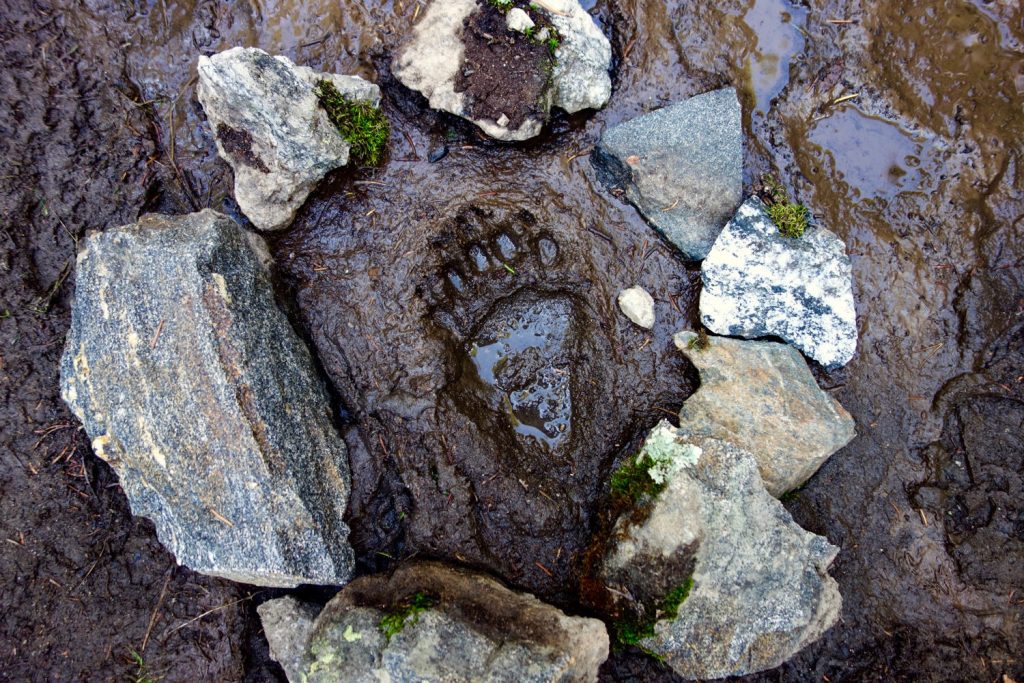
How To Choose Bear Spray
Our Top Recommendation: we hike with Frontiersman Bear Spray due to it’s strength, performance, and excellent price point. It also comes in a model that includes a belt / chest holster, which we recommend for quick deployment.
Bear spray comes in an aerosol can designed to blast bursts of atomized capsaicin (an active component of chili pepper) at great distances, but it’s most effective at short range. Capsaicin is a powerful irritant to the eyes, nose and lungs of mammals – think pepper spray. It causes an immediate swelling reaction and temporary loss of sight and severe breathing restriction.
Wildlife experts say that when it comes to buying bear spray, there are a number of factors that you should look at.
- Concentration (or strength): look for a minimum concentration of 0.857% capsaicin. We prefer bottles with the maximum 2% capsaicinoids.
- Container size: the can should contain at least 7.9 ounce net weight (225 grams) of spray. That’s usually the size we carry in grizzly country. One spray can per person.
- Range of Spray: at least 16 feet (5 meters).
- Duration of spray: a trigger blast should last at minimum of 8 seconds.
- Ingredients: make sure the spray is designed for bears not predatory people (mace). The label should say “bear deterrent spray,” not “personal defense product.”
- Amount: the advice on this depends on whom you talk to. Experts recommend at least one can per four people, but you might want one can per pair or one can per person. We usually carry one can per person so we’re always prepared, even when separated.
- Shelf life: check the expiration date. A can of bear spray should last at least 4 years from date of purchase.
- Certification: don’t look for the cheapest product on the market. Check all the above and buy a well-known brand. It should say Bear Spray, not Pepper Spray. Some brands to consider: Counter Assault, Defense Aerosols ((Yukon Magnum, Bear Defence Professional), Frontiersman, and UDAP. In Canada, bear spray does not have to be certified or tested, so we suggest being extra careful about what you buy and from where.
- Recommendation: given these guidelines, and paying close attention to price, strength, and performance, our top recommendation is Frontiersman Bear Spray.
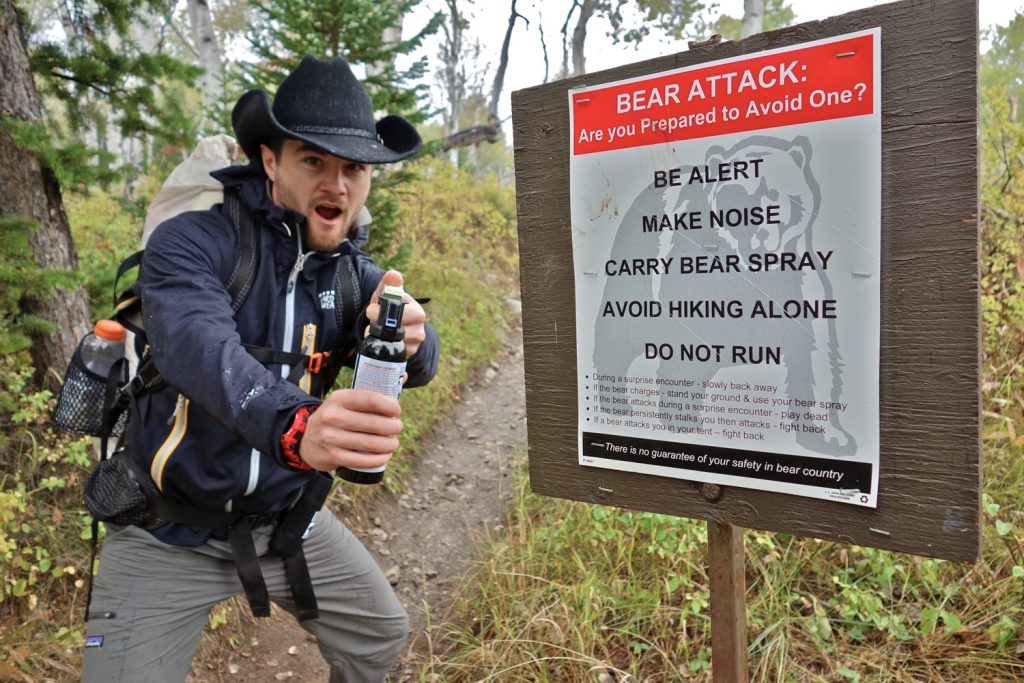
How To Deploy Bear Spray
You’ll hopefully never need to use your bear spray, but it’s best to be prepared if it ever does come to that. We recommend practicing pulling out your bear spray and getting ready to deploy it a few times. That way you won’t be fumbling around if you ever need to use it.
Also, always make sure your spray is in an easily accessible place. If you carry it in your backpack, it will be of no help at all.
We recommend keeping on your hip belt, shoulder strap, or in a water bottle pocket on the side of your pack. Below are the steps for deploying bear spray:
- Pull out bear spray and remove safety clip.
- Aim toward the approaching bear; account for wind direction and strength.
- Lock your arms and hit the trigger with your thumb.
- Deploy in 2 to 3 second bursts when the bear is within 30 feet.
- Aim the spray at the head of the bear or slightly below it.
- Spray again if the bear continues to approach, aiming for the eyes and nose. Bear spray is most effective at close range.
- Avoid spraying the entire contents of the can as you may need the rest later.
- Once the bear stops, step sideways keeping your eyes on the bear and get out of the area as quickly as possible.
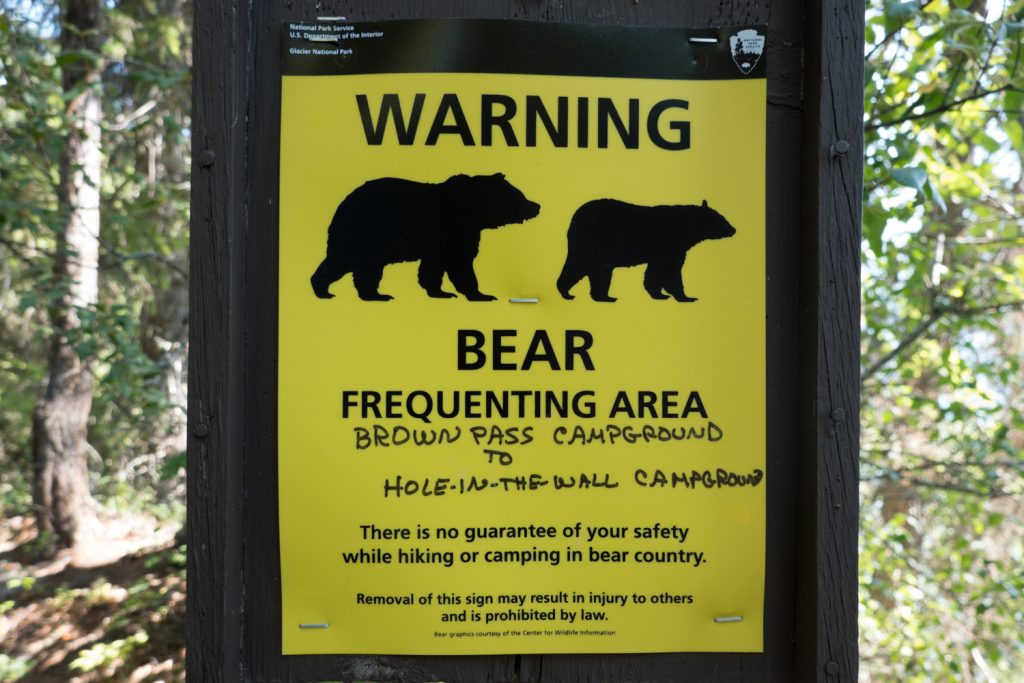
Other Considerations With Bear Spray
Wind speed and direction can affect its effectiveness. If the wind is blowing toward you, the spray can hit you more than the bear. Just as bad, if there is a cross-wind, the bear may not receive enough spray to thwart it. Pay attention to wind direction before you spray.
Bear spray cans can explode in rare circumstances and are extremely flammable. Keep that in mind when transporting and store it safely. For protection and peace of mind, you could pick up a bear canister container.
Also, you can’t fly with bear spray, so don’t try to take it on an airplane in checked luggage or carry on.
Make sure the “safety” lock is securely in place at all times.
Despite what you may have heard, NEVER spray your tent or pack with bear spray. It has absolutely no effect on bears and could even attract them.
If you ever get spray residue on your gear, clean it up with white vinegar – do not use water as that will only make the oil spread or saturate.
Bear spray is also effective for use on moose and cougar.
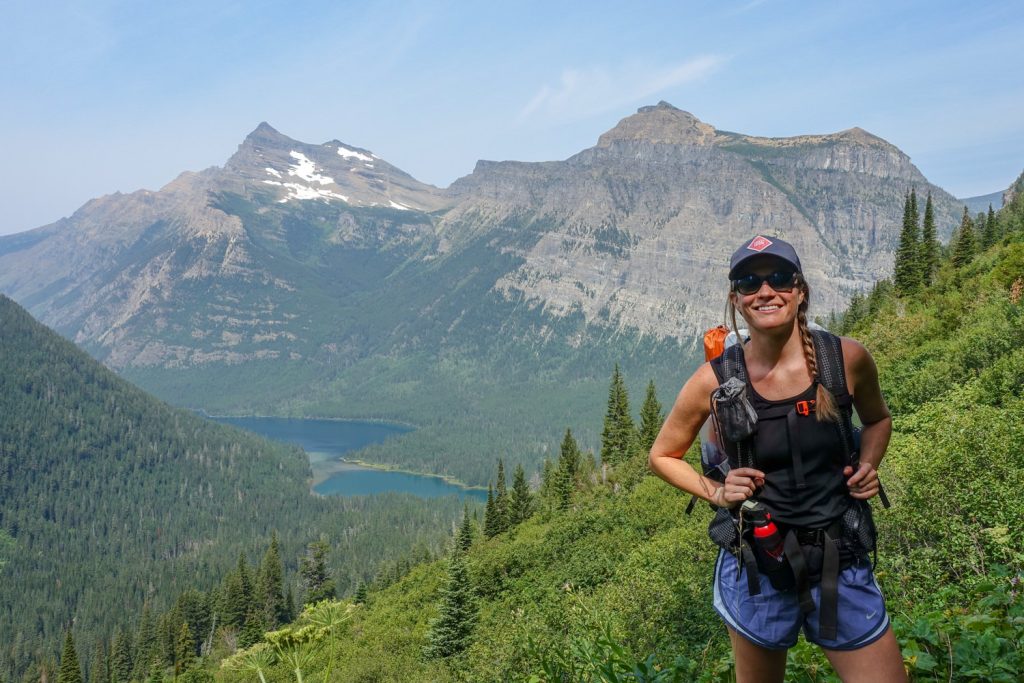
Final Thoughts
Although many backcountry travelers harbor an instinctive fear of encountering a grizzly bear while hiking, the truth is they generally want nothing to do with you. If you educate yourself in recognizing bear behavior, follow the guidelines for preventing an encounter, properly store your food, and carry bear spray, chances are incredibly high you’ll have a safe and enjoyable trip in the backcountry.


